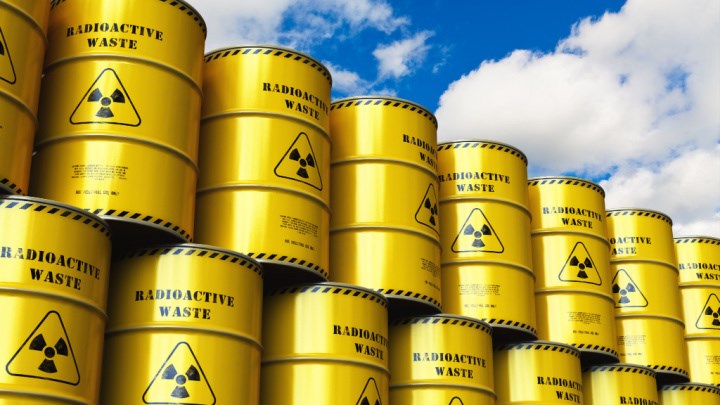US DOE awards US$38m for nuclear recycling projects

THE US Department of Energy (DOE) is awarding US$38m in funding to twelve projects aimed at recycling used nuclear fuel from the country’s commercial power reactors.
US reactors have supplied around 20% of the country’s power since the 1990s, and last year alone were responsible for producing enough electricity to power more than 70 million homes.
However with nuclear use, comes nuclear waste, and currently the US is sitting on around 86,000 t of used nuclear fuel from its fleet of light-water reactors (LWRs), a value that increases by approximately 2,000 t/y. Most of the used nuclear fuel is stored at locations in the east of the country, and although the waste is destined for permanent disposal, more than 90% of its energy remains, the DOE’s Advanced Research Projects Agency-Energy (ARPA-E) said.
In line with President Biden’s goal to counter climate change and reduce domestic reliance on fossil energy through widespread use of clean energy, ARPA-E has established the Converting Used Nuclear Fuel Radioisotopes Into Energy (CURIE) programme, a US$48m initiative aimed at recycling reusable actinides through the use of innovative technologies for use as new fuel in advanced reactors. These in turn will help to substantially reduce the volume, heat load, and radiotoxicity of waste requiring permanent disposal.
Led by ARPA-E, and funded through CURIE, a dozen projects led by universities, private companies, and national laboratories, have now been selected to develop separation technologies with improved proliferation resistance and safeguards technologies for fuel recycling facilities.
Some of the recipients include Argonne National Laboratory which will develop a highly efficient process that converts 97% of oxide fuel to metal using stable next-generation anode materials; Idaho National Laboratory which will design, fabricate, and test anode materials for electrochemically reducing actinide and fission product oxides in used fuels; and the University of Alabama at Birmingham which will develop a single-step process that recycles used nuclear fuel by recovering the bulk of uranium and other transuranics from after dissolution of used fuel in nitric acid.
“CURIE will fuel advanced reactors and provide important clean energy elements, all while drastically reducing waste,” Jennifer Gerbi, Acting Director of ARPA-E, said at the programmes launch earlier this year. “With this new program, we’re emphasising safeguards and lowered costs as we provide clean energy technology options for the future.”
Recent Editions
Catch up on the latest news, views and jobs from The Chemical Engineer. Below are the four latest issues. View a wider selection of the archive from within the Magazine section of this site.




